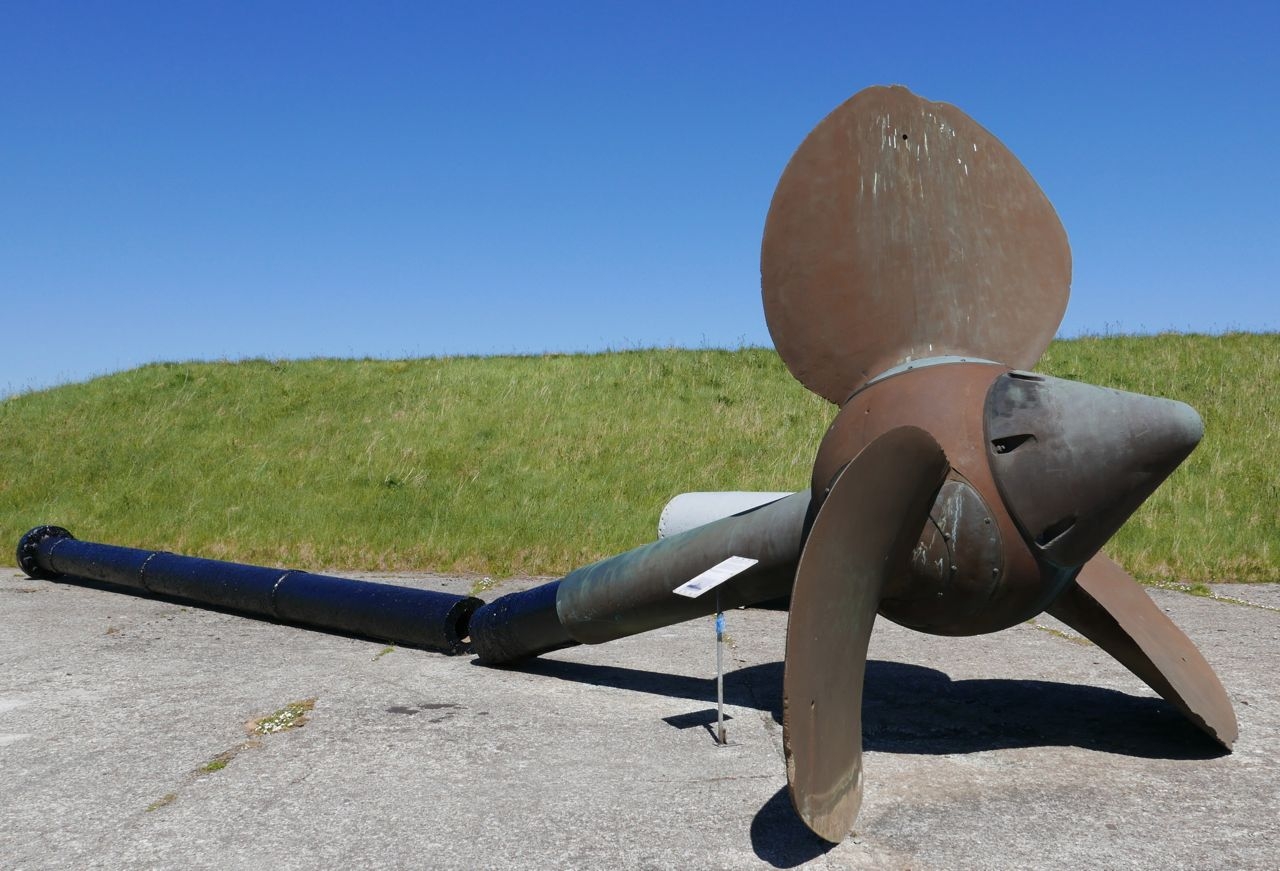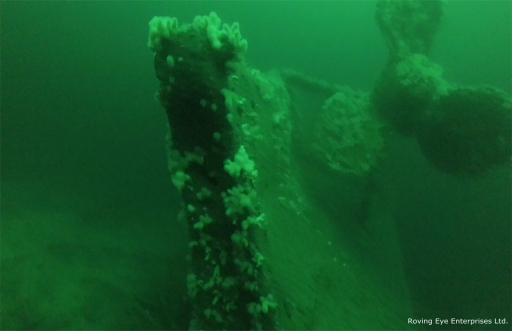Marine archaeologists in Orkney have surveyed the wreck of HMS Hampshire, the British cruiser sunk in June 1916 with the loss of War Minister Lord Kitchener and most of the crew.
The University of the Highlands and Islands Archaeology Institute says the study provides new insights into the mine explosion damage at the bow, the impact of salvage activities and the natural deterioration caused by the marine environment after 100 years.
It confirmed previous findings that Hampshire capsized as she sank and lies with her hull upturned at a depth of approximately 60 metres.
The wreck site, just off the west coast of Orkney, is a protected war grave. Permission for the survey, using a remotely-operated underwater vehicle (ROV) from Orkney-based Roving Eye Enterprises Ltd, was granted by the UK Ministry of Defence.
Interior
HMS Hampshire’s superstructure is compressed and buried in the soft silt of the seabed. The hull is damaged in places throughout the length of the vessel, exposing elements of the interior, including torpedo tubes and machinery.
Guns from the warship’s secondary armament were also identified on the surrounding seabed at a distance of up to 30 metres from the main body of the wreck.
The location of these breech loading 6-inch MK VII guns may be related to the sinking itself or salvage activity, say archaeologists.
Sandra Henry, of the University of the Highlands and Islands (UHI) Archaeology Institute, said: “This remote survey has provided many new insights into the sinking and wreck of the HMS Hampshire. Ongoing work will continue to develop our knowledge base, revealing new information as we continue to gather and process data, creating a record of the Hampshire in 2016.”
 HMS Hampshire’s starboard propellor and shaft have been displayed at Scapa Flow Visitor Centre since 1988 (Photo: Centenary News)
HMS Hampshire’s starboard propellor and shaft have been displayed at Scapa Flow Visitor Centre since 1988 (Photo: Centenary News)
The cruiser hit a mine on June 5th 1916, soon after sailing from the Royal Navy’s anchorage at Scapa Flow with Lord Kitchener on board for a secret diplomatic mission to Russia.
The War Minister who spearheaded Britain’s recruiting campaign at the start of the First World War was among 737 men killed. There were only twelve survivors.
For more information about the HMS Hampshire survey, see the UHI Archaeology Institute blog.
Centenary News reported from Orkney in June 2016 on the dedication of a new commemorative wall at the Kitchener Memorial, Marwick Head, paying tribute to all those lost on HMS Hampshire.
Source: University of the Highlands and Islands Archaeology Institute
Images courtesy of Roving Eye Enterprises Ltd (HMS Hampshire wreck site): Centenary News (HMS Hampshire propellor, Scapa Flow Visitor Centre, Lyness)
Posted by: Centenary News Editorial Team
